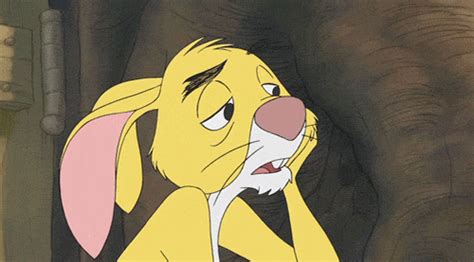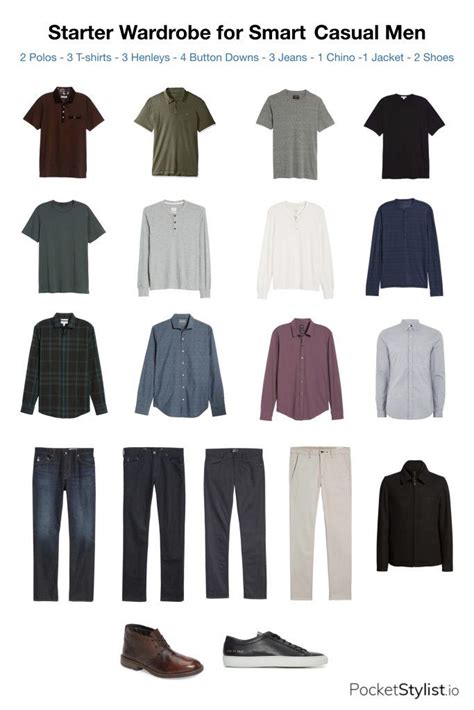The seemingly small detail of tie length can dramatically impact a man’s overall presentation. It’s a subtle but powerful indicator of sartorial awareness, distinguishing a polished look from a haphazard one. Get it right, and you exude confidence and professionalism; get it wrong, and it can throw off your entire silhouette.

The Golden Rule: Just Kissing the Belt Buckle
The universally accepted guideline for ideal tie length is straightforward: the tip of your tie should just brush the top of your belt buckle. It should neither extend below the buckle nor sit noticeably above it. This classic proportion creates a balanced and aesthetically pleasing line, drawing the eye smoothly down your torso.
This rule applies to the front blade (the wider part) of the tie. The skinny end (the ‘tail’) should also be tucked neatly or secured by a loop on the wide end, ensuring it doesn’t hang lower than the front.
Why Proportion Matters
A tie that’s too long can make your torso appear disproportionately short and your legs appear longer, giving a somewhat untidy or juvenile impression. Conversely, a tie that’s too short looks awkward and dated, signaling a lack of attention to detail and often resembling a schoolboy’s uniform. The perfect length creates harmony, elongating the body just enough and maintaining a clean, sophisticated profile. It suggests that you understand the nuances of dressing well.

Factors Influencing Tie Length
Body Proportions and Torso Length
Not all men are built the same, and your individual body proportions play a significant role. Taller men with longer torsos might find they need to tie their knot slightly differently or even opt for “extra long” ties to achieve the correct length without the tail being too short. Shorter men or those with shorter torsos may need to ensure their knot is tied tightly to prevent the tie from hanging too low.
The Tie Knot You Choose
Different tie knots consume varying amounts of fabric. A bulky knot like a Windsor, whether full or half, will use up more of the tie’s length than a simpler Four-in-Hand or Oriental knot. If you frequently switch between knots, you’ll need to adjust your tying method accordingly to hit that sweet spot at your belt.
Tie Width and Fabric
While less impactful than the knot, the width and fabric of the tie can subtly influence how it drapes and thus its perceived length. Wider ties, especially those made from thicker materials, might feel shorter or require more careful adjustment.

Achieving the Ideal Length Every Time
The key to consistently achieving the perfect length lies in practice and understanding your chosen knot. When you start tying your tie, pay attention to where the narrow end hangs relative to the wide end before you begin the knot. With a Four-in-Hand, you might start with the narrow end around your mid-stomach, while a Windsor might require it much higher.
It’s often easier to make small adjustments during the tying process rather than trying to fix it once the knot is complete and tightened. Don’t be afraid to untie and retie if it’s not right the first time; it’s a small investment for a much better look. Standing in front of a mirror and trying different starting positions for the tie blades will help you learn your specific proportions and knot preferences.

Common Mistakes to Avoid
- The “Too Long” Slouch: The tie hangs several inches below the belt, making you look disheveled.
- The “High Water” Faux Pas: The tie ends several inches above the belt, creating an amateurish and distracting break in your silhouette.
- Ignoring the Back Blade: Letting the skinny end of the tie hang below the front blade, especially without being tucked into a loop or your shirt.
- Not Adjusting for Knot Choice: Using the same starting length for a Four-in-Hand as you would for a Full Windsor.
Conclusion
The ideal length for a man’s tie—just kissing the top of the belt buckle—is more than just a rule; it’s a fundamental principle of balanced proportion in menswear. Mastering this detail elevates your entire ensemble, communicating an unspoken understanding of style and attention to detail. Take the extra moment to ensure your tie is perfectly aligned; it’s a small effort that yields significant sartorial rewards.





